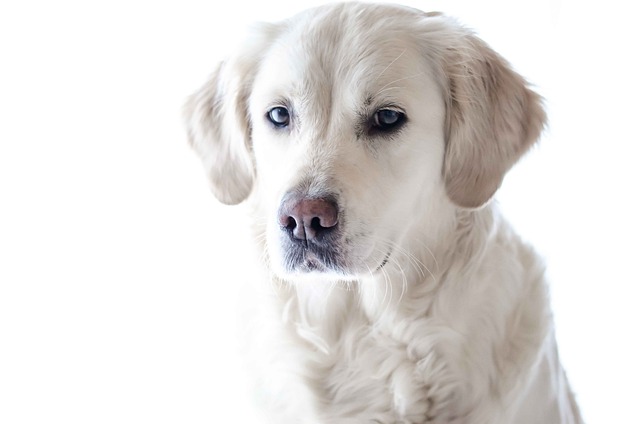
How can I tell if my dog's heatstroke is serious
Let’s be real: It’s a sticky August morning in Los Angeles, and you took your 2-year-old Golden Retriever, Max, for a walk a little later than usual
When joyfully welcoming a dog into our lives, many owners expect to establish good communication with their dogs and help them master skills and develop good habits through training. However, sometimes, we may encounter the dilemma of a dog showing no response to training, which makes the owners both confused and anxious. Don't worry. A dog's lack of response to training is not an insoluble problem. By delving into the reasons and adopting appropriate strategies, we can break through the barriers and embark on a smooth training journey.
The training method may be a crucial factor when a dog doesn't respond to training. Dogs of different breeds, ages, and personalities have different learning styles and speeds. If the training method used doesn't suit the dog's characteristics, the training effect will naturally be poor. Some owners are too eager during training and give too many instructions in a short period of time. The dog finds it difficult to digest these instructions and is likely to get confused and not know how to respond. For example, when teaching a puppy the command "sit", if the owner repeats the command rapidly and also presses the puppy's bottom forcefully, the puppy may, out of fear or confusion, not only fail to execute the command but also develop a resistance to training.
In addition, the lack of consistency in training is also a problem. Dogs need clear and stable rules and instructions to understand what the owner expects of them. If different members of the family have different requirements for the same command, the dog will get confused. For instance, if the father allows the dog to rest on the sofa while the mother prohibits it due to her hygiene habits, the dog will be at a loss when it comes to the command of "getting on the sofa", and the training effect will be greatly reduced.
The dog's own state also affects its response to training. When a dog is not feeling well physically, its attention is scattered and it is difficult for it to focus on training. For example, if it has a toothache or an upset stomach, even if it usually cooperates with training, it will be indifferent to the instructions at this time. The owner needs to pay attention to the changes in the dog's daily behavior. If the dog is listless, licks a specific part of its body frequently, or has a poor appetite during training, it may be ill and should be taken to the veterinarian for a check-up in a timely manner. Training can be resumed after it recovers.
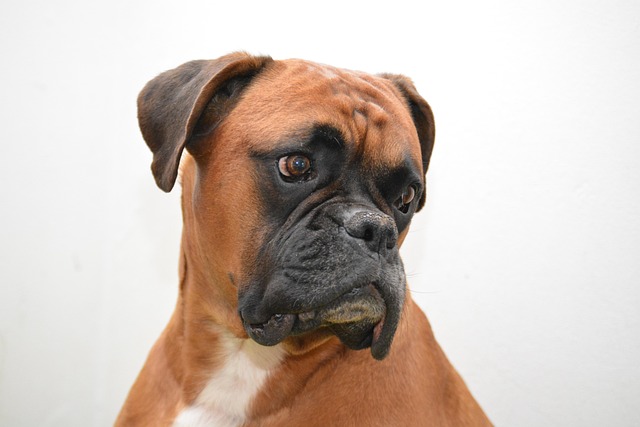 Psychologically, the dog's emotions and past experiences are of great importance. Emotions such as fear and anxiety can hinder learning. A dog that has been severely punished in the past will shrink back when faced with training instructions because it is afraid of being punished again. If the dog is unfamiliar with the training environment or there is noise interference, it will also be unable to concentrate due to unease. For example, if you take the dog to a noisy park for training, with people coming and going and vehicles roaring around, the dog will pay too much attention to the environment and ignore the owner's instructions.
Psychologically, the dog's emotions and past experiences are of great importance. Emotions such as fear and anxiety can hinder learning. A dog that has been severely punished in the past will shrink back when faced with training instructions because it is afraid of being punished again. If the dog is unfamiliar with the training environment or there is noise interference, it will also be unable to concentrate due to unease. For example, if you take the dog to a noisy park for training, with people coming and going and vehicles roaring around, the dog will pay too much attention to the environment and ignore the owner's instructions.
When faced with a dog that doesn't respond to training, the owner should first examine the training method. Try to simplify the instructions, teaching only one action at a time. Make the instructions concise and clear, such as "sit" or "lie down", and use a firm yet gentle voice. Utilize the positive reinforcement method. As soon as the dog completes the instruction, immediately give it a delicious snack, enthusiastic praise, or a gentle stroke. For example, when training the command "come", as soon as the dog runs towards the owner, give it a small piece of dried chicken immediately to reinforce the correct behavior. The training frequency also needs to be reasonable. Each training session should last for 10 to 15 minutes, and there should be 2 to 3 sessions per day to avoid making the dog tired and bored.
Maintaining consistency in training is indispensable. All family members should unify the training standards and instructions and establish a daily routine for the dog, such as fixed feeding, sleeping, and walking times. This will give the dog a sense of security and make it more receptive to training.
Pay attention to the dog's physical and mental health. Take the dog for regular physical examinations to ensure its health. If the dog is not feeling well physically, wait until it recovers before training. Pay attention to its physical condition during training and avoid overexertion. If the dog doesn't respond to training due to fear and anxiety, help it overcome the psychological barriers. For example, if the dog is afraid of noise, play gentle noise from a distance while giving it snacks to soothe it. Gradually move closer to the sound source to slowly reduce the dog's sensitivity.
Training a dog is a journey full of love and patience. When a dog doesn't respond to training, it's not that it doesn't want to learn, but that it has encountered difficulties. The owner should understand from the dog's perspective, adjust the training method, and give love and support. Every dog has its own unique learning rhythm. As long as the owner puts in the effort, they will eventually be able to establish a tacit understanding with the dog, achieve the training results, and enjoy the wonderful time of companionship.

Let’s be real: It’s a sticky August morning in Los Angeles, and you took your 2-year-old Golden Retriever, Max, for a walk a little later than usual

You're enjoying a summer afternoon at the park when you notice your dog has stopped panting and appears disoriented - their gums are bright red
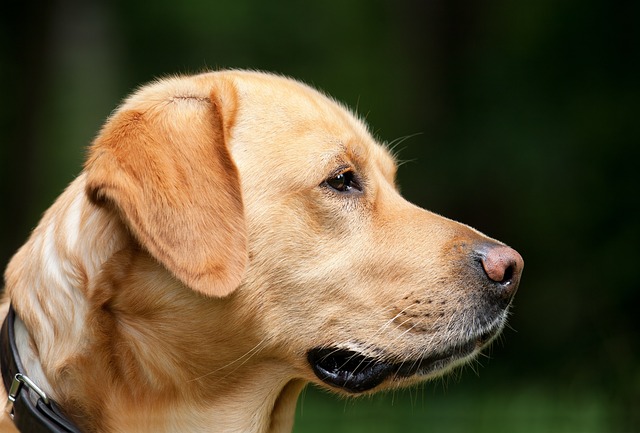
Let’s paint the picture: You’re in your Denver apartment, watching your 4-year-old Boston Terrier, Ruby, plop down mid-play session with her favorite toy

Many dog owners notice their pets nails seem shorter after regular walks,but how much does this daily activity actually help?The answer depends on where you walk—concrete sidewalks or asphalt streets gently file nails as a dog's paws hit the ground
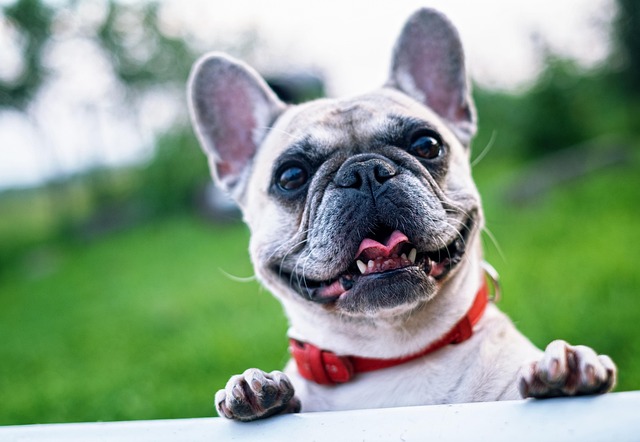
Most dog owners notice their pup scooting across the carpet at some point, but few connect it to impacted anal glands. These small sacs near a dog’s rectum secrete a scent for marking territory
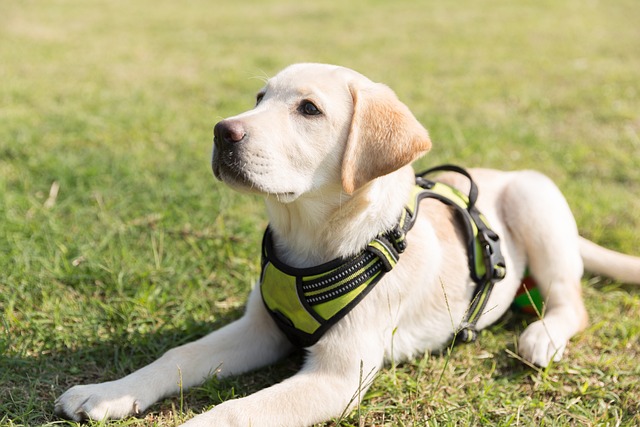
Most vets agree that regular dog teeth cleaning is key to avoiding painful dental issues later. For healthy adult dogs, a professional cleaning at the vet’s office every 12 to 18 months usually works well.